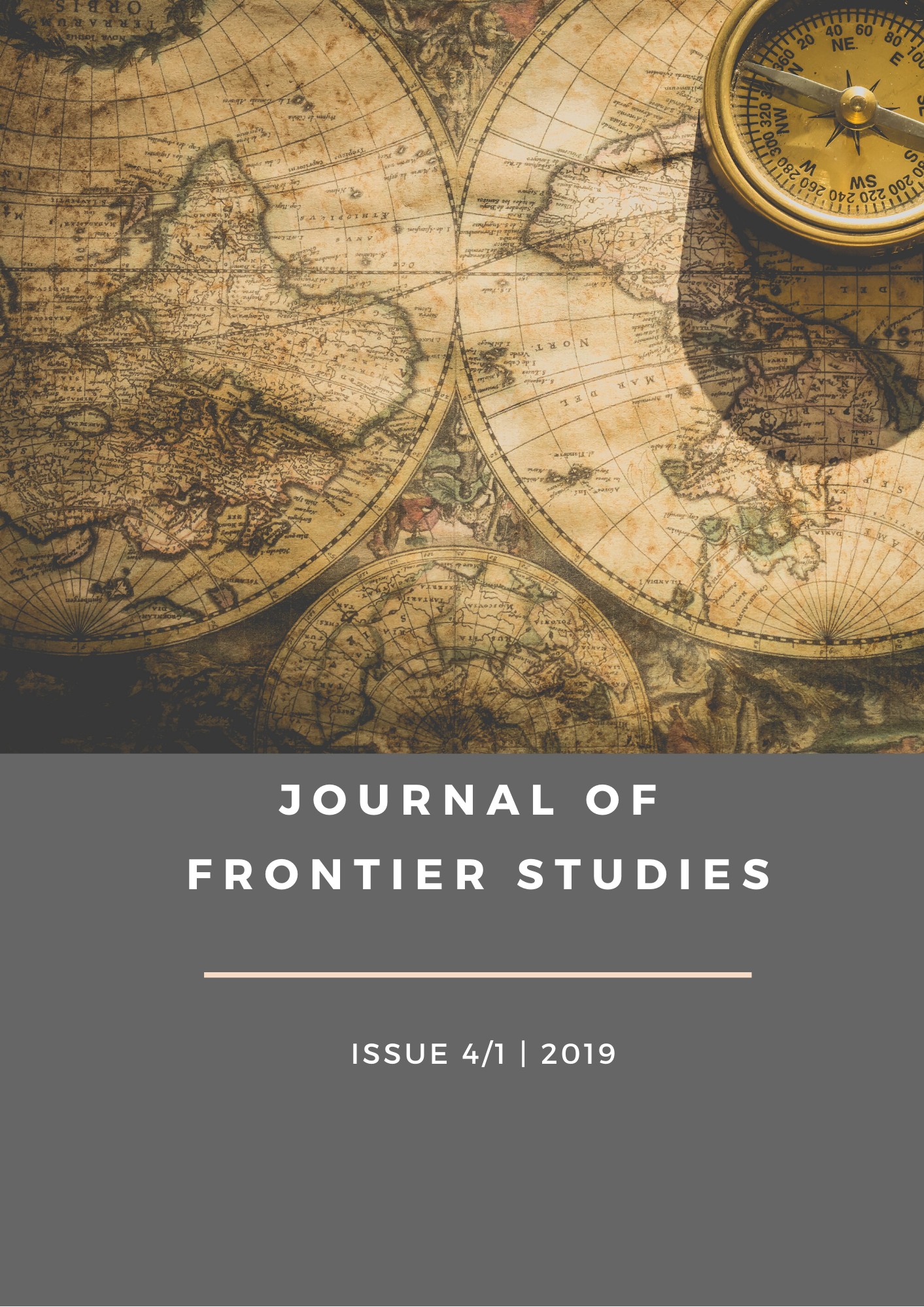Аннотация
В данном исследовании впервые вводятся в научный оборот письма инженера-железнодорожника Москвитина Гавриила Степановича, служившего на строительстве КВЖД. Применяются методы микроистории в изучении традиционного уклада железнодорожников в Маньчжурии. Опубликованные ранее источники почти ничего не говорили о традиционном укладе строителей КВЖД, который проявляется в повседневности, нормах и ценностях, в поведении, проблемах железнодорожников и мн. др. Письма подобные этим образуют определенную систему, которая имеет хронологическую последовательность. Не менее важно, что спустя годы после того, как эти письма были написаны, отправлены, получены и прочитаны, они сохранились в качестве материального свидетельства жизни человека и были переданы в астраханский архив сестрой Г. С. Москвитина.
Учитывая, что человек и социум позиционируют себя в пространстве, автор анализирует процесс освоения, восприятия русским инженером-железнодорожником фронтирного пространства Маньчжурии в конце XIX – начале XX вв. На сегодняшний день изучение восприятия и освоения фронтирного пространства на уровне микроистории требует от историка особого внимания, так как позволяет лучше понять функционирование Российской империи и ее колоний. Согласно мнению автора, письма Г. С. Москвитина написанные в период 1898 – 1901 гг. выполнили целый ряд функций.
Литература
Bakich, O. (1985). Origins of the Russian Community on the Chinese Eastern Railway. Canadian Slavonic Papers, 1 (27), 1-14.
Cherutti, S. (2004). Microhistory: Social Relations versus Cultural Models. Beetween Sociology and History. Essays on Microhistory, Collective Action, and Nation-Building, 17-40.
Ginzburg, C. (1993). Microhistory: Two or Three Things That I Know about It. Critical Inquiry, 1(20), 10-35.
Ginzburg, С. (2005). Latitude, Slaves, and the Bible: An Experiment in Microhistory. Critical Inquiry , 3(31), 665-683.
Magnússon, S. G. (2015). Views into the Fragments: An Approach from a Microhistorical Perspective. International Journal of Historical Archaeology, (20), 182–206.
Magnússon, S. G. (2016). Tales of the unexpected: The "textual environment", ego-documents and a nineteenth-century icelandic love story – an approach in microhistory. Cultural and Social History, 12(1), 77-94.
Magnússon, S. M. (2016). Far-reaching microhistory: the use of microhistorical perspective in a globalized world. Rethinking History. The Journal of Theory and Practice, 21(30), 312-341.
Bessmertnyj, Yu. L. (1999). Collision of micro and macro approaches and French historiography of the 90s. Historian in search. Micro- and macro approaches in the study of the past. Reports and speeches at the conference on October 5-6, 1998, 10-30.
Chernyakov, O. (2006). Synopsis of a thesis. Activity of Chinese Eastern Railway and Zaamursky district security guards of separate corps of border guards on protection of state interests of Russia in the Far East (1897-1918). Komsomolsk-on-Amur.
State Archives of the Astrakhan region. Found 1096. Inventory 1.
Ginzburg, C. (2000). The Cheese and the Worms. Moscow: ROSSPEN.
Grandi, E. (1996). Once again about microhistory. Case. Individual and unique in history, 291-302.
Kozlovsky, B. (1969). Protection guards. Polytechnician. Anniversary collection, (10), 83-85.
Medic, H. (1994). Microhistory. THESIS, (4), 193-202.
Nilus, E. H. (1969). Investigations of Chinese Eastern Railway 1896-1923. Polytechnic, (17), 212-221.
Nilus, E. H. (1924). Historical review of Chinese Eastern Railway structures. 1896-1923 (VOL. I). Harbin: Printing house of CEL and T-wa "Ozo".
Full collection of laws of the Russian Empire. Decree on military conscription, approved by the Highest Decree on January, 1 (13), 1874. (1874). Retrieved from: http://doc.histrf.ru/19/ustav-o-voinskoy-povinnosti-vysochayshe-utverzhdennyy-1-13-yanvarya-1874-g/.
Revelle, J. (1996). Microhistorical analysis and construction of the social. Odysseus. Man in history, 110-127.
Rossov, P. (1901). Russian China. Essays of Kwantung Leased Territory and life of the native population. Port Arthur: New edge.
Rudakov, I. S. (2010). Synopsis of a thesis. Formation of the Amur Military District and its role in strengthening the defense capabilities of the Russian Far East (1884-1917). Khabarovsk.
Tairov, M. (1972). Who built Harbin and how?. Polytechnic ,4), 109-118.
Tishenko, P. (1945). Russians in Agriculture of Northern Manchuria. Eastern Overview, (21-22), pp. 56-71.
Shenk, F.B. (2016). Train to modernity. Mobility and social space of Russia in the railway age. Moscow: NLO.
Yakushenkov S. N. (2015). Topophilia vs topophobia as a cognitive paradigms of frontier space. The Caspian region: politics economy culture, 3 (44), 261-266.
Yakushenkov, S.N. (2016). Gloomy clouds cover the border – the stern land is enveloped in silence. Journal of Frontier Studies, (4), 7-32.


